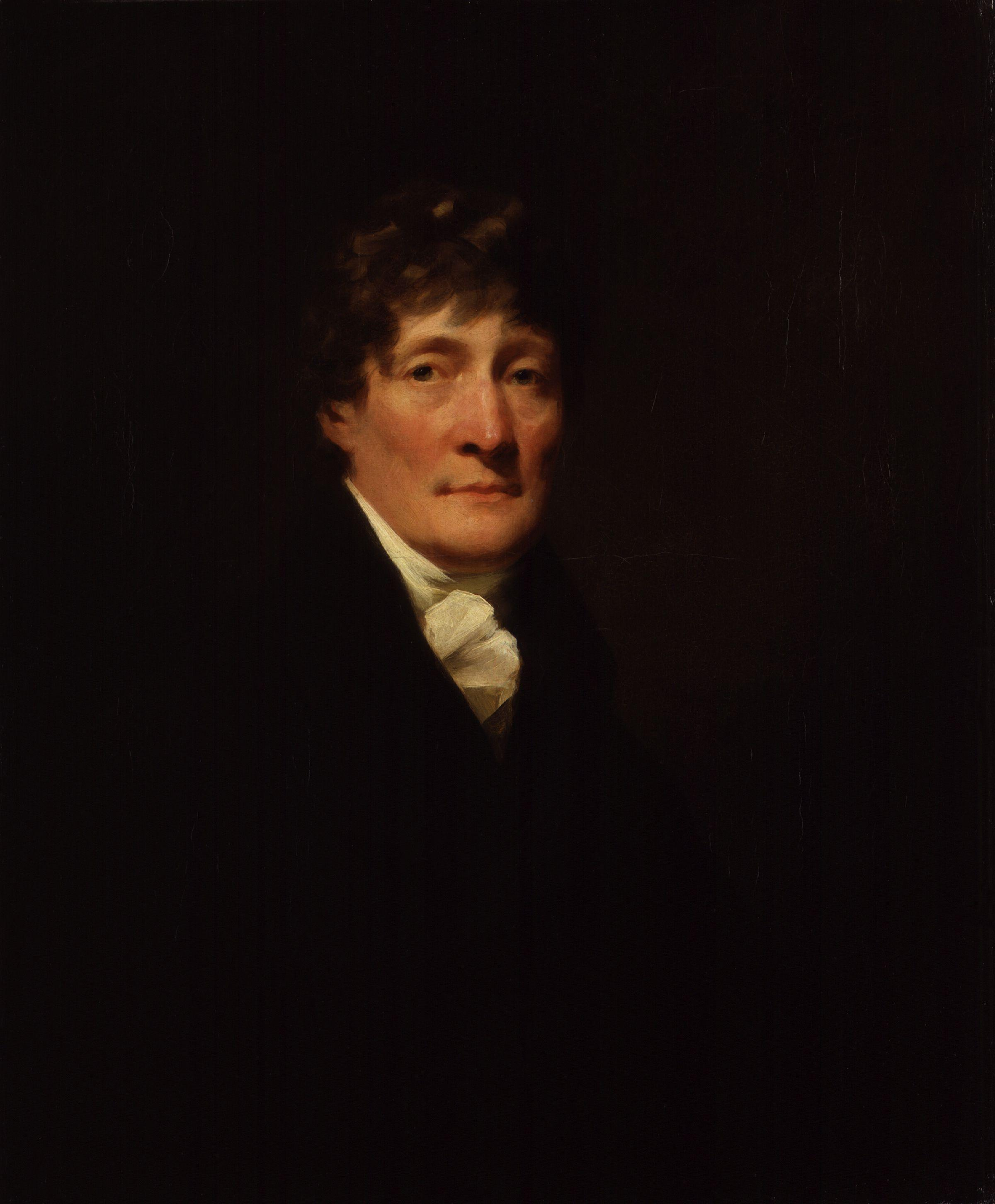Thus far in my “Adam Smith in Paris” series, we have identified six possible lost loves in Adam Smith’s life — five of them by name(!):
- Marie-Jeanne Riccoboni (b. 1713, d. 1792).
- Marie Françoise Catherine de Beauvau-Craon (b. 1711, d. 1786), a/k/a “Madame de Boufflers”;
- The “Duchess of Anville“, who may, or may not, be the same person as Marie Louise Nicole Elisabeth de La Rochefoucauld (b. 1716, d. 1797), who was the Duchesse d’Enville and the mother of the Duke de la Rochefoucault. (See, for example, this family tree and this passage from the autobiography of John Adams, especially footnote 3.)
- Lady Janet Anstruther (b. 1725, d. 1802).
- Madame Nicol.
In addition to these historical individuals, two additional women (who may, or may not, be the same person) are mentioned by various primary sources:
6a. An “English lady” who Adam Smith reportedly fell in love with in the town of Abbeville in northwestern France according to a hearsay report contained in a private letter by Dr James Currie.
6b. The “lady of Fife“, who Adam Smith had loved (past tense) according to his friend, confidant, and travel companion the Abbe Colbert.
Now, what if I told you that there might be a seventh lost love? I will conclude this series of blog posts by considering just such a possibility, so read on …!
Toward the end of his long and remarkable life, Henry Mackenzie (b. 1745, d. 1831), whose portrait is pictured below, jotted down a series of personal recollections, hoping to have these memories published in a book of “anecdotes and egotisms,” as Mackenzie himself referred to them. (See Fieser (2003), p. 251. As a further aside, Mackenzie’s wide-ranging collection of anecdotes was eventually assembled by Harold William Thompson and published by Oxford University Press in 1927.)
Among other things, Mackenzie’s collection of anecdotes includes a short but intriguing entry with the title of “Smith and Hume in Love.” For the record, the first part of Mackenzie’s brief recollection about Smith is quoted in full below (Mackenzie (1927), p. 176, reprinted in Fieser (2003), p. 255, omission and parenthetical remark both appear in the original):
“Adam Smith [was] seriously in love with Miss Campbell of __ (the name is so numerous that to use it cannot be thought personal), a woman of as different dispositions and habits from him as possible.”
So, who was Henry Mackenzie, and why should we believe him? To begin with, Mackenzie was a distinguished Scottish lawyer and popular novelist. He also co-founded, along with Dugald Stewart, the Royal Society of Edinburgh. Moreover, Mackenzie knew Adam Smith personally and “was much in Smith’s company when he [Smith] lived in Edinburgh in the last twelve years of his life.” (This quote is from Ian Simpson Ross (2010), p. 227.) So, yes, I find Mackenzie to be a credible source.
But more importantly, who was Miss Campbell? I will explore the identity of Miss Campbell in my next post …

Artist Credit and Works Cited
Artist of the Portrait of Henry Mackenzie: Henry Raeburn.
James Fieser, Early Responses to Hume, vol. 10, Thoemmes Press (2003).
Henry Mackenzie, “Smith and Hume in Love”, in Harold W. Thompson, editor, The Anecdotes and Egotisms of Henry Mackenzie, 1745–1831, p. 176, Oxford University Press (1927 [1831]).
Ian Simpson Ross, The Life of Adam Smith, 2nd ed., Oxford University Press (2010).


